Biodiversity is the basis of human survival, and economic development as it provides a large number of goods, and services, that sustain our lives. It is the combination, of life forms, and their interactions, with one another, and with the rest of the environment, that has made earth, a unique place for human habitation. In the developing world, biodiversity provides the assurance of food, countless raw materials such as fibre for clothing, materials for shelter, fertilizer, fuel, medicines and other necessities. In addition, biodiversity maintains the ecological balance necessary for planetary and human survival. Besides law enforcing forces and regulations of the governments, it is always better to involve the people in a "Participatory Mode" including tribal people, farmers, ecologists, illiterate villagers for the conservation and protection of biodiversity wealth of our great nation. On the eve of the twenty first century, the challenge for the global community is not to save biodiversity for its own sake, but to ensure that biodiversity is managed and used sustainably and equitably for the human development. Being brought out in two volumes, they examine the various aspects of forest biodiversity with special focus on the species composition, species diversity, dominance, reproductive biology and a crystal clear paper on the exploitation, conservation and management of biodiversity resources. The reader could get a vast knowledge on the basic aspects of the importance of biodiversity and its conservation. Exclusive papers are presented in these volumes with particular reference to medicinal plants and its conservation. The chapters dealing with medicinal plants includes the distribution pattern of the endemic medicinal plants, genetic diversity among the medicinal plants, threats to the valuable traditional plant community and traditional knowledge systems on the medicinal plants. VAM fungal association on shrubs and trees and its crucial role in the recycling of nutrients in the forest biodiversity has been dealt exuberantly. Some of the papers give a detailed account of the diversity of birds and animals. The role of sacred groves in the conservation of forest biodiversity and the sustainable use of NTFP from the forests gives the readers an excellent platform to gain knowledge on the above two. Finally, with regards to the management of forest biodiversity, exclusive papers on the topics of PBR, IPR, socio-economic aspects and policy options for the conservation of forest biodiversity are elaborately discussed. The emerging field of biodiversity is filled with full of challenges, opportunities and provides great potential for the upcoming aspiring students, scholars and researchers.
ABOUT THE AUTHOR A. Gopalam
Dr. A. Gopalam. Principal Scientist in Educational Psychology at National Academy of Agricultural Research Management, Hyderabad, is Ph.D. in Biochemistry. His initial footing as a biochemist in Central Tabacco Research Institute Rajahmundry and Indian Institute of Spices Research, Calicut gave him insights into the needs of agricultural development as related to agricultural education. In NAARM he is totally occupied in training function in the key focus area of Educational, Behavioral and Instructional Technology to a wide spectrum of teachers from State Agricultural University System.
ABOUT THE AUTHOR K. Muthuchelian
Prof. (Dr.) K. Muthuchelian [Ph.D., D.Sc., FNABS, FIEF (Canada)] is Vice-Chancellor of Periyar University, Salem. He is the first Indian Scientist honored with the prestigious award of the University of Ancona, Italy. Besides, he has been recipient of several awards including ‘Tamil Nadu Best Scientist’ in Environmental Science (1999) and ‘Best Vice-Chancellor Award’ by the Indian Red Cross Society.
ABOUT THE AUTHOR S Kannaiyan
Professor Dr. S. Kannaiyan is the former vice-Chancellor of Tamil Nadu Agricultural University, Coimbatore. He is a renowned world famous scientist in Agricultural Microbiology and Biotechnology. Prof. Kannaiyan did his B.Sc. (Agriculture) with first class and distinctions in Planat Pathology and Agronomy and M.Sc. (Agriculture) in Agricultural Microbilogy with first class and first rank from Annamalai University by securing Dr. M.P. Damodaran's and Dean's Awards. He also obtained his Ph.D. in 1976 in Agricultural Microbiology and his Ph.D. thesis was rated as the best and outstanding one for the year 1978. He was a FAO/UNDP Fellow and worked in Charles Kettering Research Laboratory, Yellow Spring, Ohio, USA. He was working as visiting scientist at University of California, Davis, USA in USDA Senior Scientific Panel Programme. He was a British Council Visiting Fellow in the University of Nottingham, UK and Visiting Scientist to the King's College, University of London, UK. Prof. Kannaiyan started his career in the Department of Agricultrue, Government of Tamil Nadu s a Research Assistant. Prof. Kannaiyan later joined as Associate Professor in the Department of Agricultural Microbiology at Tamil Nadu Agricultural University, Coimbatore in 1980. Prof. Kannaiyan is the recipient of more than 20 awards. He is a Fellow of National Academy of Agricultural Sciences (NAAS), New Delhi and the Indian Society of Biochemists and Biotechnologists. His field of specialization are Biotechnology, Alagal and Azolla Biotechnology, Biofertilizers, Nodulation in Cereals, Agricultural Education etc. He has organized many National and International Conferences. Prof. Kannaiyan has developed a strong research group and recently has got a NATP 'Team of excellence project on Biofertilizers for rice based cropping system was sanctioned in recognition of his outstanding contribution to rice Microbiology. He has published more than 400 research papers in reputed National and International Journals in the areas of Cyanobacteria, Azolla Biofertilizer, stem nodulating Sesbania rostrata and Rice Pathology. He has published 38 scientific books pertaining to Biofertilizers and Agriculture and written 14 books in Tamil on technology transfer.

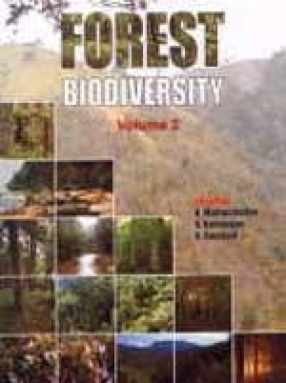
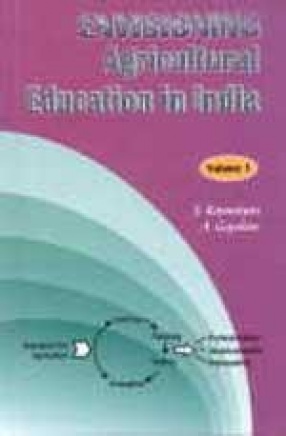
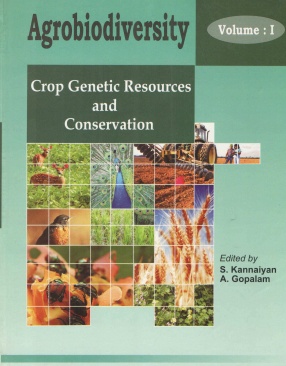
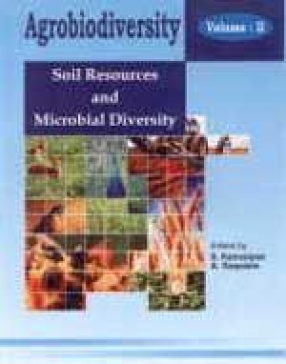
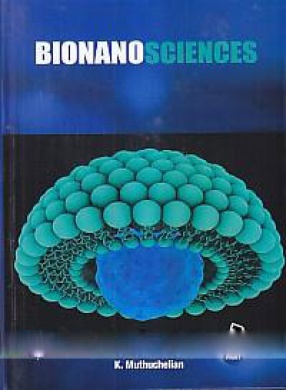
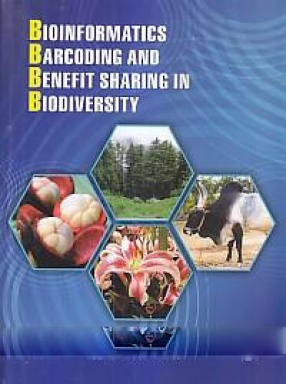
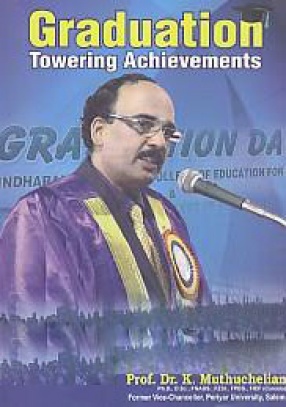
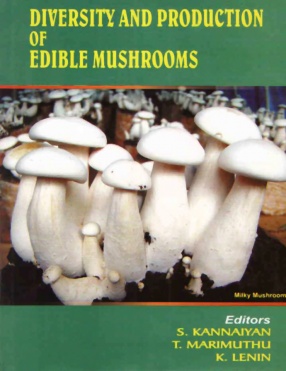
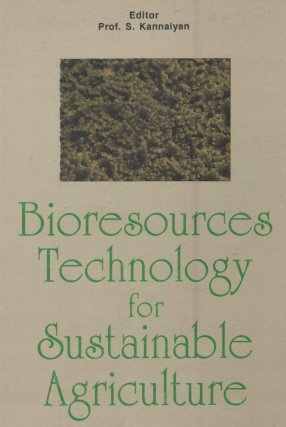

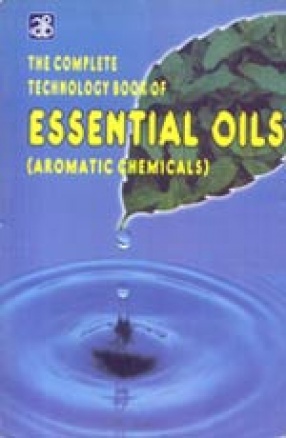
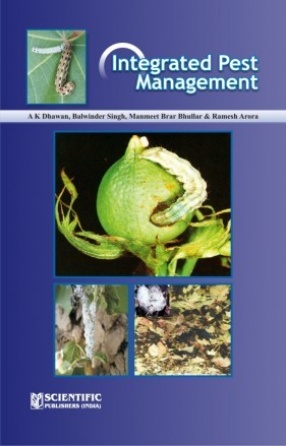
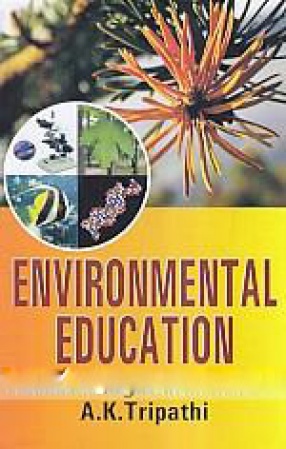
There are no reviews yet.